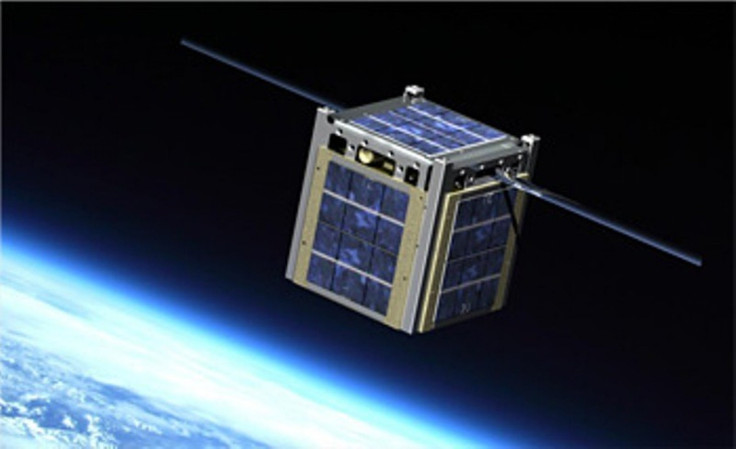NASA Invests $3M on New Exploration Projects

NASA's new Innovative Advanced Concepts program will devote $3.0 million to 30 new space projects, including a new flight suit and a lunar colony design.
In wake of the termination of the space shuttle program, NASA is investing in new, "out-of-the-box" ideas that could transform future missions and the space program in general. Each concept has been signed on to a one year, $100,000 contract.
"These innovative concepts have the potential to mature into the transformative capabilities NASA needs to improve our current space mission operations, seeding the technology breakthroughs needed for the challenging space missions in NASA's future," Chief Technologist Bobby Braun said at NASA Headquarters in Washington.
Some of the projects include a self-stabilizing spacesuit that uses flywheels, 3-D printing for creating a planetary outpost, different power and propulsion initiatives, new radiation shields and methods of protecting the Earth from falling space debris. NASA received hundreds of proposals, but selected only 30.
Proposals came from a number of places, including academia, corporations and within NASA. The $3 million in spending will be taken from NASA's 2012 budget of $18 million. Scientists and developers will compete after the end of initial year for additional contracts and funding.
All of the projects are about 10 years from actual utilization.
"We recognize that in order to make big gains, sometimes we are going to accept some risks," Joe Parrish, director of the Early Stage Innovation division at NASA's Office of the Chief Technologist, during a press conference Monday. "NIAC is the greatest example of an effort to really look at very far-reaching activities and consciously and willingly take risks and look for big rewards to those risks."
© Copyright IBTimes 2024. All rights reserved.











